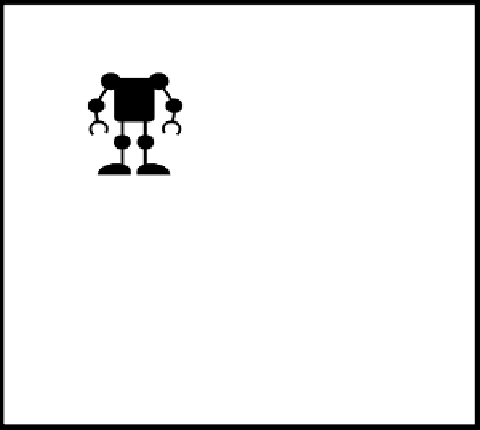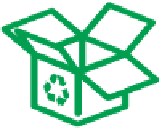Information Technology Reference
In-Depth Information
3 AKL Applications
In this section we present two possible uses of AKL, Application 1 and Application 2.
Application 1 illustrates how the AKL can be used to solve a problem by utilizing
knowledge across two
different domains
. Application 2 illustrates how the AKL can
be used to perform a rather novel way of machine learning, by utilizing knowledge
within the
same domain
.
3.1 Application 1: Robot and Assembly Line Example
We describe an example of how the proposed method can work, and illustrate its
benefits. We create two K-lines with events based on two different scenarios that can
occur in hypothetical, but realistic environments. Using those problems, we create K-
lines of events and note the possible intersections of these K-lines. Then, we pose a
task to be performed and we show that the AKL graph is capable to easily produce a
solution to this task, whereas it is not obvious how an easy solution can be produced
without the AKL graph.
A
B
Fig. 4.a.
(a) Robot has to move box from area A to area B through opening. (b) Assembly line
for processing boxes.
The first problem is a robot movement problem. This problem is described in [5]
and it is used here to apply our method for its solution. The second problem is a situa-
tion that can occur as part of the operation of a typical assembly line. Figure 4(a) illus-
trates the situation for the first problem and Figure 4(b) illustrates the situation for the
second problem. In Figure 4(a), the robot is needed to move the box, from room A to
room B, passing it through the opening that connects the two rooms. In Figure 4(b), a
box is on a moving belt. As part of the assembly line process, the first worker unfolds










Search WWH ::

Custom Search